Student Blog

Will I Have Time to Work During the Master’s Program? ⟩
November 4, 2020, by Savi
As the Nov. 1 application deadline has just passed, I have been receiving many questions from prospective students about balancing a job and graduate school. Although this experience will vary from person to person, I thought it could be helpful to give you all a bit of insight into my experience balancing work and graduate school!
The Entry-Level Professional Master’s program begins with a jampacked 8-week summer semester in which you complete foundation-based courses like Kinesiology and Neuroscience in an extremely short amount of time. This makes for a high intensity and fast-paced semester with class from Monday-Friday 8:00am-4:00pm and a few hours studying upon your return home each afternoon. I, therefore, chose not to work during the first summer. I had also just completed my undergraduate degree a week before beginning the Master’s program and hadn’t even found a place in LA to live yet! I was grateful to have a few hours on the weekend or on Friday evenings to apartment search, find a job for the fall semester in my new neighborhood, and get to know the fun city I was living in.
During my Fall semester in the Mental Health Immersion, I felt like a weight had been lifted from my shoulders. I was in class three days a week, completing my Fieldwork I one day a week, and had my Friday’s completely free! This allowed me more time to take on a part-time job as a gym receptionist and sales associate at a gym near my apartment. They allowed me to work extremely flexible hours, as they understood I was not available during most of the week. I worked the evening shift after school one night a week, the Friday afternoon shift, and a weekend shift, which all combined to approximately 20 hours a week of work on top of graduate school. Was this easy? No . . . it was really overwhelming at times and I did not have much time to participate in social or revitalizing occupations (such as sleeping a sufficient amount of hours every night!). I am very thankful that I was able to fit in some studying or homework during my work hours if we were having a slow day, that I loved spending time with my co-workers, and that I was allowed to take a free workout class during each shift. If this wasn’t the case, I do not think I would be able to commit 20+ hours a week to a job while completing my Master’s degree (also I wouldn’t recommend it regardless because it was TOUGH). I continued this workload during the following Spring Semester in the Pediatrics Immersion. It was nice to make some money and work on applicable skillsets for the OT field, such as adjusting your communication style depending on the customer, giving clear and concise directions, or staying organized and calm during chaotic or unforeseen situations.
At the end of my Spring semester, I was exhausted and I needed a change. I knew the Adult Rehabilitation Immersion was coming next and as a student interested in working in an inpatient hospital setting with adults in the future, I wanted to have more time to focus on all the valuable coursework. The Student Ambassador position became available and as a previous college tour guide, I was thrilled by the opportunity to step into a similar role for a program I love dearly. After applying and interviewing, I was lucky enough to be chosen as one of the Student Ambassadors and was extremely thankful for the expectation that we were to work 10 hrs/week. On top of that, working for the Chan Division allows you a lot more flexibility with your hours, as the faculty you are working for understand the workload you are trying to balance. Thank you to Kimberly Kho, our AMAZING supervisor/boss, for being so flexible, understanding, and respectful of our busy and ever-changing graduate school schedules. Kim has always reinforced that academics takes priority and has allowed us to adjust our schedules to provide more time on particular weeks to study for exams, write big papers, etc. Visit Yna’s blog to learn more about what we do as student ambassadors!
From my experiences, you may have noticed a trend. Can you work in grad school . . . yes! It is doable depending on what job it is and how much flexibility it allows you. I am grateful to have had understanding bosses and incredible, fun, and kind co-workers in both of my jobs! Be sure to weigh the pros and cons of the job before you commit to it and make sure that you are prioritizing your physical and mental health! As Kim says . . . you are a student first.
⋯

Life as a Student Worker ⟩
November 2, 2020, by Yna
Classes Getting Involved Videos
“Is it possible to work while studying?” This is one question that frequently comes up and understandably so, given the full-time enrollment and the intensive nature of the academic programs at USC Chan. The answer to this question is yes, it is a possibility for one to work while studying. Although it really depends a lot on the individual, I would say roughly about 10-12 hours per week is recommended. To give you a better idea on how this is dispersed throughout the week, I am going to share with you my typical work-study schedule and some of my duties as a student ambassador.
As a Post-Professional Master’s student, I am currently taking a total of 18 units for this fall semester, comprised of 3 core courses (8 units) and 3 elective courses (10 units). For a better visualization, here’s a table showing how my weekly class schedule looks like.

Class schedule for the fall semester
As you can see, you really only spend a few hours of your day sitting in class. However, do note that for each course, there are out-of-class activities and requirements that need to be worked on, which could take up a substantial portion of your time.
I schedule my work hours as a student ambassador around my class schedule, so I typically work on Mondays, Wednesdays, and Fridays in the morning before my class, totaling to 10 hours per week. One thing that I really like about being a student worker at USC Chan is the flexibility in scheduling that they give students that allow us to move our time around in case we have exams or other requirements to prepare for. This is also made possible by the amazing team of student ambassadors who are always willing to help out whenever one of us is having trouble fulfilling our duties. Our supervisor, Kim, never fails to remind us on every team meeting to prioritize our academics and also take care of our health.
One of my tasks as a student ambassador is to liaise with Global Initiatives for certain projects. This is another area where I find the flexibility in scheduling really helpful, especially for time-sensitive projects, because you can choose to dedicate most of your work time to accomplishing it or even work on the weekend if you’re willing to. For example, for the recent World OT Day last October 27, we created a video that shows how people all over the world have reimagined their doings. Check it out below!
Sometimes, I also give informational presentations together with the admissions team, as part of our role to help raise awareness about occupational therapy and our programs at USC. Other ways we can disseminate information and share our experiences as current students and student workers is by posting to Chan Division social media accounts (check us out on Facebook, Instagram, and YouTube!), writing blog posts about our experiences, and answering questions from prospective students. Lastly, student ambassadors also partake in certain steps of the admissions process, with the guidance of our Director of Admissions, Dr. Anvarizadeh.
Hopefully this glance into my life as a student ambassador answers some questions you may have about being a student worker! If you have any questions, you can reach the ambassadors at .(JavaScript must be enabled to view this email address).
⋯
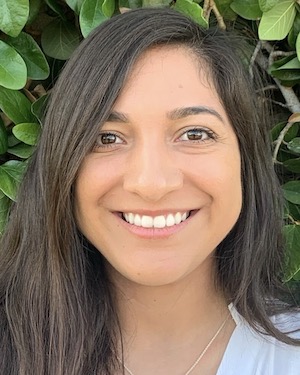
A HANDful of Fun in Hands Electives ⟩
October 29, 2020, by Liz
The end of the semester is approaching, which means it’ll soon be time to wave goodbye to the best electives ever! Okay, yes I am biased because I really do love hands and hand therapy. I was initially pretty bummed about having to complete these electives via Zoom because I was nervous about not being able to do a lot of hands on work. No pun intended! But, I am happy to say I was proven wrong. I’ve had a blast learning in both OT 573: Hand Rehabilitation and OT 562: Advanced Hand Rehabilitation and Certification (PAMs).
Lisa Deshaies is the instructor for OT 573, and I have learned so much. We’ve learned about the anatomy of the hand, which I have to admit was really intimidating to think about at first! Lisa does a wonderful job of going over the anatomy of the hand and has some wonderful tips on how to remember different parts. In her class we’ve also learned about several different diagnoses, such as osteoarthritis, arthritis, and carpal tunnel syndrome to name a few. We’ve discussed the importance of wound care and the different phases of healing. We’ve talked about different orthoses and have had the opportunity to critically think about which orthosis we would recommend given different client cases. Lisa has shared so many resources with us to continue practicing our knowledge of anatomy and is so patient when explaining different concepts in class. This week we had our first in-person course, where we practiced casting. It was so much fun! I had seen this done at the hand therapy clinic I worked at, and I finally got to try it. Here’s some pictures!
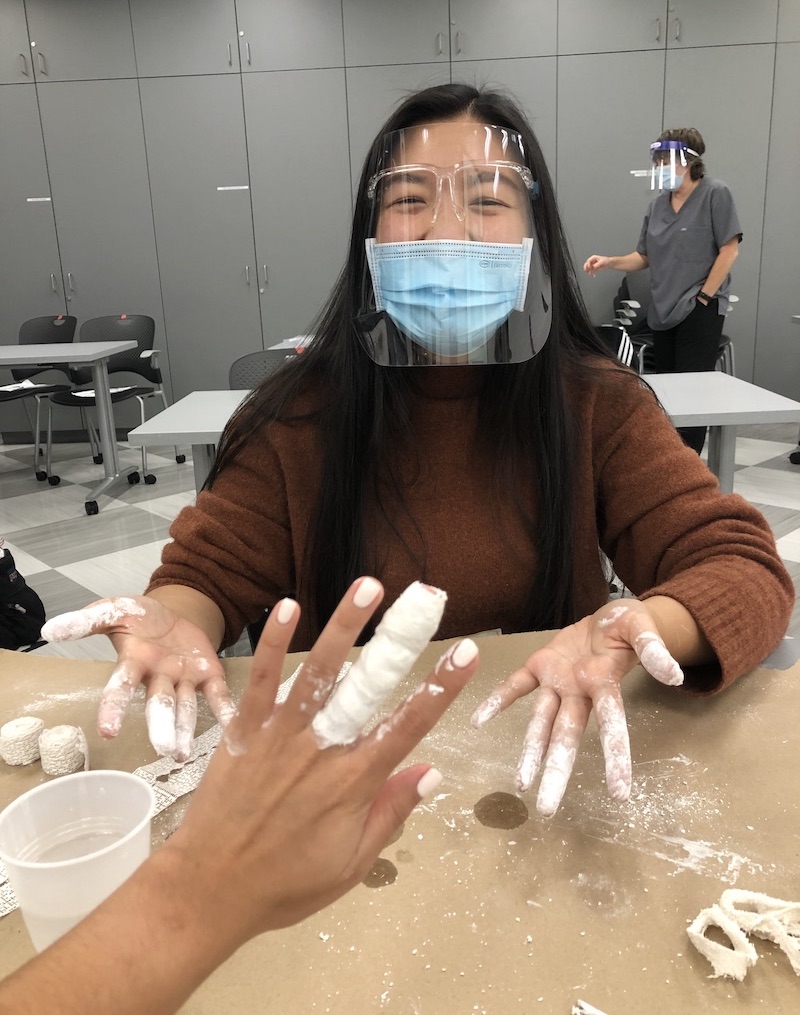
My partner and MA II student, Bethany, made a pretty awesome cast on my finger!

My attempt at casting Bethany’s fingers. It was fun to get a little messy and practice!
In OT 562 we’ve learned about a multitude of physical agent modalities that may be used in hand therapy practice. We’ve learned about ice/ice massage, hot packs, ultrasound, transcutaneous electrical nerve stimulation (TENS), neuromuscular electrical stimulation (NMES), paraffin, iontophoresis, and phonophoresis. Aside from learning about the modalities from our instructor, we’ve had a chance to learn from each other. Each student has had a chance to become familiar with one of the modalities I listed and presented during our small groups. We’ve learned about the precautions and contraindications, parameters, and when/why we would use the modality with clients. Dr. Rocker is extremely knowledgeable and has challenged us with multiple case studies that allow for us to critically think about which modality, if any, we would use in different cases. Some of the cases presented in class are cases that Dr. Rocker has seen in practice, which is really cool! We’ve had class on campus to try out ultrasound (sorry, I forgot to take some pictures!). We also had TENS/NMES units mailed to us from the Division, which we’ve had a chance to try out during class. It was a really cool experience to know what the modality feels like, and how it would be beneficial for certain clients. A little class fun this week included dressing up for Halloween. I really appreciated that Dr. Rocker continues to try and make class fun for everyone even though we aren’t on campus as we would usually be.

Check out my costume — I am supposed to be a goniometer!

The lovely Trojans I’ve been working with in PAMs all semester showing their Halloween costumes!
If you’re as passionate about hands as I am, you’ll definitely get so much out of these two electives. The content is extremely relevant to hand therapy practice. If you’re interested in becoming certified in PAMs, CBOT requires a minimum of 30 educational hours and 240 supervised hours of PAMs training. The PAMs course counts towards 33 educational hours — so, you would be done with that part! All that’s left to worry about is obtaining the direct training in PAMs, which you could start accumulating hours for when out in practice as a certified OT. Pretty awesome!
⋯

The OT Necessities: Fiction Edition ⟩
October 28, 2020, by Bethany
With fieldwork coming up, I have been reflecting on the traits that make a good occupational therapist. I’ve also been able to think about my role models that embody those important attributes. Surprisingly, not all of my role models are real-live people. Below are ten fictional characters and ten qualities that would make good OTs. With Halloween season upon us, it’s a great time to think of some of these inspirational characters.
Lucy Pevensie (The Chronicles of Narnia)
First up on the list, we have the lovely Queen Lucy of Narnia, known for her compassion toward others. From when she first enters the world all the way to when she becomes queen, her kindness toward others and desire to help people are what drives her actions. Her compassion will also help her as an OT.
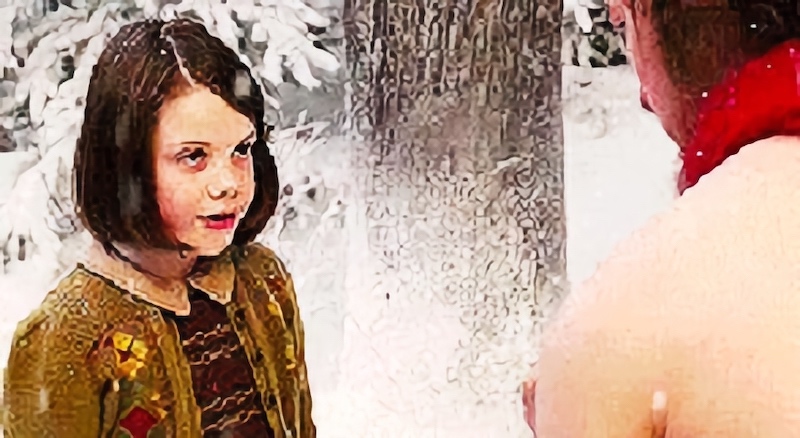
Master Shifu (Kung Fu Panda)
When trying to engage Po in training, Master Shifu is observant about Po’s interests and motivations. He notices Po is motivated by food, and Shifu uses that to train Po. In a similar way, OTs must be aware of their client’s motivations and must be observant during sessions.

Oliver Wood (Harry Potter and the Sorcerer’s Stone)
We all know the name Harry Potter, but we have to recognize the skill of his first quidditch captain. Oliver Wood has the teaching and communication skills to break down a wizard sport to someone who had never heard of it before. He would be able to explain activities to his OT clients easily, and he could perhaps add some magic to the mix and make sessions even more exciting.
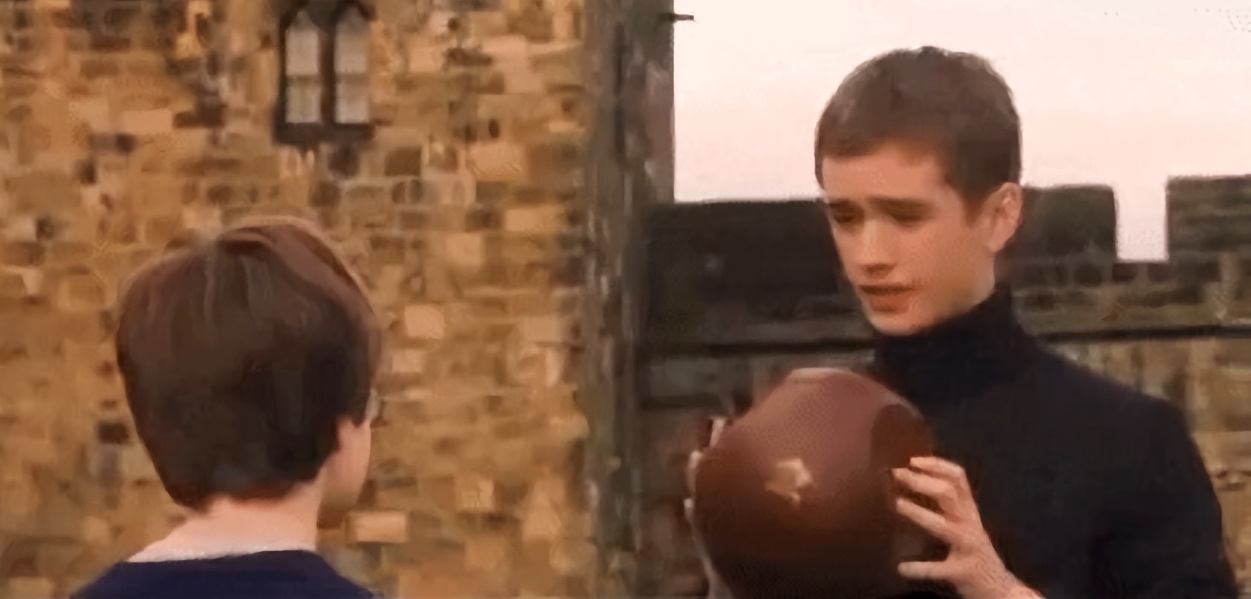
Mulan (Mulan)
Mulan is known for how she can look at a problem from a different angle, whether it’s climbing up a pole using weights that were supposed to make the task more difficult, or whether it’s causing an avalanche, she has an ability to find new uses for objects. Her ability to see things from unique perspectives to solve problems creatively will benefit her in OT practice.
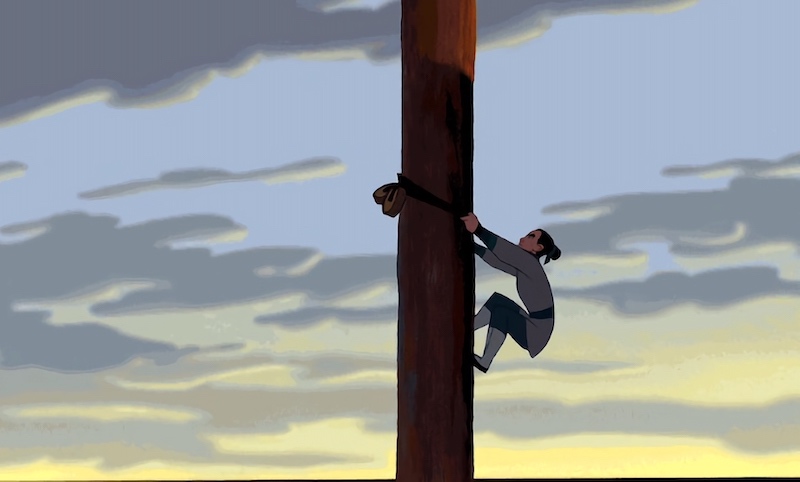
Hiccup (How to Train Your Dragon)
When working with a wild dragon, Hiccup demonstrates incredible patience in building rapport. He is able to deal with the dragon’s frustrations, as he tries to understand where Toothless is coming from. Hiccup is willing to learn how to fly alongside Toothless. If he has this much patience with a dragon, I can only imagine his patience with his OT clients.

Gru (Despicable Me)
Gru has three young girls to take care of, and when he reads them a bedtime story, he takes their love of puppet books into account. He uses his own creativity to tie in their interests and passions into his care. Any OT willing to bond with their client through a nose puppet book is winning.

Skeeter Phelan (The Help)
Skeeter uses her writing abilities to capture individuals’ stories and to advocate for what they need and deserve. In a similar way, Skeeter could use her abilities as an OT to create carefully worded and carefully spell-checked writing and documentation to advocate for services for their clients and to document their progress.

Elastigirl (The Incredibles)
This supermom is literally and metaphorically flexible. She can stretch herself, literally, to vacuum under the couch and to parachute off a plane. She is also flexible in adapting her approaches to how she handles parenting and how she handles saving the world. Her flexibility will help her as an OT in adjusting to clients’ needs or even clients’ mood.

Mary Poppins (Mary Poppins)
How did this nanny make a name for herself? Her ability to engage her wards in chores they originally don’t want to do by making hard work fun. She hums her tunes and draws them into activities by building rapport and being creative, qualities that will make OT sessions easy for her.

Captain America (The Avengers)
Cap is known for how he works as a team player in a group with people of different strengths. During the final battle, he directs each of his teammates to where they are needed and where they can best help. On an interprofessional team as an OT, Captain America would understand everyone’s unique perspectives and roles and how to collaborate to best serve the client.

What incredible role models! There are so many important qualities that go into making a good OT. My goal is to keep pursuing OT driven by compassion and to continue to build the rest of these skills along the way.
⋯
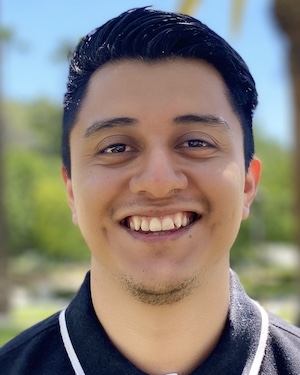
My Support System ⟩
October 26, 2020, by Daniel
This past week I received the best news ever, “WE” passed the NBCOT exam! The reason I say “WE” is because I attribute every big accomplishment to my support system. Yes, they will always say that I’m the one that put in the work but I feel that my accomplishments are and always will be a collective effort. Where I come from, it often takes a village to do what very few have done before. This past weekend made me reflect back on my support system and their unconditional love and support. I have been fortunate to have people in my corner every step of the way. Being the first person in my family to go to college came with a set of challenges that at times felt unmanageable. From thinking college wasn’t an option in high school to now being in the OTD Program it has been a long journey to say the least. Last Wednesday, when I opened that email with the NBCOT score, I felt a sense of relief as well as gratitude because I know what it took for me to get here, to be one huge step closer to being a fully licensed OT. This is much bigger than me because it goes back to the hardships my parents and my community have faced.

There have been moments in the last couple weeks when I felt defeated while taking classes, completing my residency, going through life, and studying for the NBCOT. It is in these moments that it helps to lean on your support system. Whether that is your family, significant other, friends, classmates, mentors, school organization, etc., it is good to know that there is someone there for you. Having people checking in on me, giving me good vibes, and understanding that I had to spend almost every day studying helped me get closer to the finish line. Sometimes a quick encouraging text can go a long way for someone. And I think this has been the theme of my entire college career, having people that cared enough to make sure I was doing okay mentally, emotionally, and physically. Today I want to simply thank every single person that has made an impact on my journey. The list is too big to add on here today but you know who you are.
This year has been such a unique year as we had to completely change our lives. It has been a year of ups and downs, and times full of uncertainty. All of this plus the responsibilities we still have on a daily basis can make anyone feel overwhelmed. If you ever feel like you are just drowning in school work and other responsibilities, take a moment to reflect on how far you have come. Remember those long nights when you used to have conversations with your loved ones about going to OT school and now you’re here. Hold on to those moments and use them when times get tough. When things don’t go your way, take time to feel those emotions, heal, and when you’re ready get back to it because there is always more than one path. Know that regardless of the outcome your support system, your village, your people, will be there to help you get back on your feet. They will not judge you, and instead will respect you and care for you. Now more than ever it is important to stay connected to your support system. Spend time with those people, whether that is in person, FaceTime, Zoom, whatever way you can. One thing I have learned is that accomplishments always feel best when you can share them with the people that were there along the way. Lastly, take all those lessons you learned along the way and support others.
⋯





